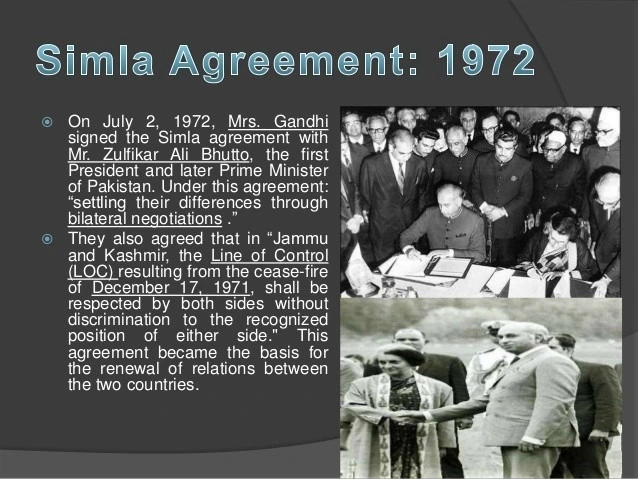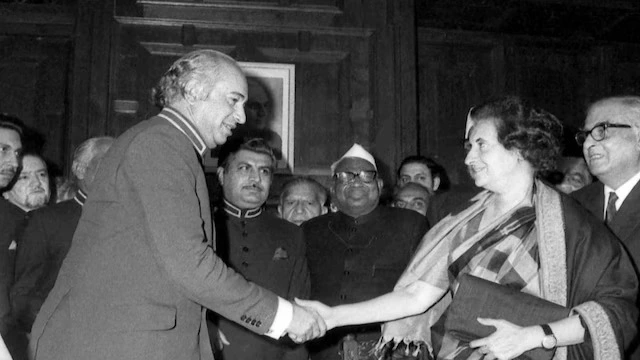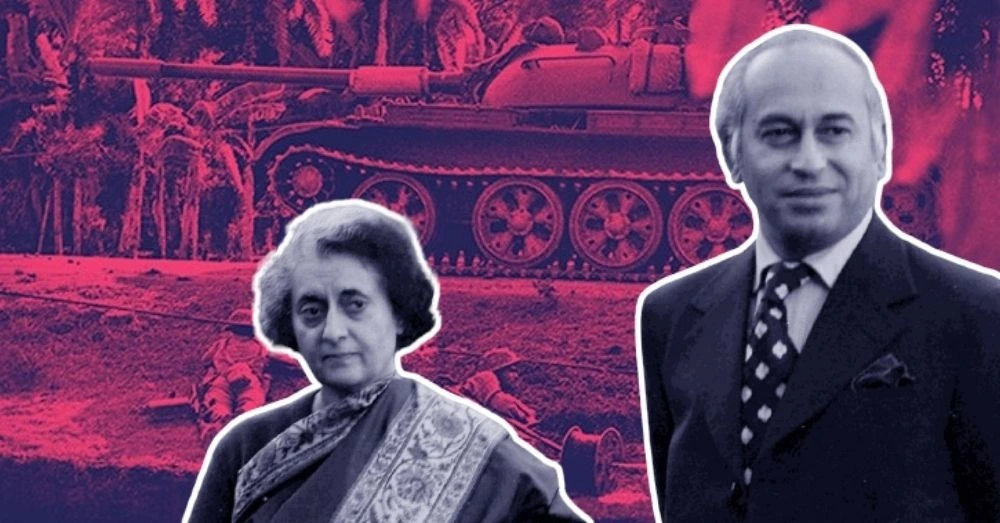Certain treaties don’t just live on paper — they live in the emotions of two nations. The Shimla Agreement is one of those.
Signed over five decades ago, this deal between India and Pakistan was meant to be a turning point — a commitment to resolve disputes through peaceful dialogue instead of bloodshed. But after the recent attack in Pahalgam, the agreement suddenly feels like it’s standing on shaky ground again.
Let’s unpack what the Shimla Agreement really is, and why its relevance might be tested now more than ever.
So, What Exactly Is the Shimla Agreement?

Back in 1972, just months after the Indo-Pak war of 1971, India and Pakistan met in Shimla to lay down the rules for a peaceful future.
The war had ended with India’s victory, and the birth of Bangladesh was fresh history. But instead of holding grudges, both countries tried — at least on paper — to turn a new leaf.
Indira Gandhi, India’s then Prime Minister, and Zulfikar Ali Bhutto, Pakistan’s President at the time, signed what would come to be known as the Shimla Agreement.
The core ideas?
- No more wars — both countries would sort things out through talks.
- The Line of Control (LoC) in Jammu and Kashmir would be respected.
- No third-party interference — just India and Pakistan, face-to-face.
- A shared goal: stability, diplomacy, and mutual respect.
In simple terms, it was a peace pact shaped by the scars of war — and a hope that such scars wouldn’t be repeated.
But Then Came Pahalgam…
Fast forward to today. In the peaceful valley of Pahalgam, terror struck again, targeting pilgrims, people who had nothing to do with politics or power.
While investigations are still unfolding, India’s security agencies have already hinted at possible links to Pakistan-backed terror groups. And that changes everything.
Because when bullets fly and innocent people die, what happens to those promises made decades ago?
Can the Shimla Agreement Still Hold Up?
The truth is, peace agreements don’t get torn by pen and paper — they tear when trust is broken.
The Shimla Agreement was built on trust. Trust that both sides will try to move away from conflict. But if terrorism continues to cross borders, how long can that trust survive?
Every time a terror attack hits Indian soil — especially one that’s traced back to groups operating from Pakistan — it doesn’t just cost lives. It chips away at whatever diplomatic bridge was holding things together.
So, What Does This Mean for Pakistan?

Well, a few things:
1. Global Pressure Will Build
India is likely to raise the issue on global platforms, pointing out that Pakistan isn’t holding up its end of the deal. That can’t be good for Pakistan’s image — especially when it’s already walking a diplomatic tightrope.
2. Conversations Will Freeze
Whenever there’s bloodshed, talks between the two countries come to a halt. No matter how many agreements exist, real progress depends on trust. And that’s a tough thing to rebuild once it’s gone.
3. Economic Threats Are Real
Let’s not forget the FATF (Financial Action Task Force). Pakistan’s on their radar already. If any links between the attack and Pakistani soil are proven, the country risks blacklisting — and that could shake its economy hard.
Is the Shimla Agreement Just a Piece of History Now?
Maybe. Or maybe not.
Its relevance depends entirely on whether both nations still believe in its core promise: peace through dialogue, not violence.
Right now, India seems to be losing patience. After each attack, public sentiment shifts — not toward war, but toward accountability. And Pakistan, if it wants to be taken seriously on the global stage, might need to show that it respects not just borders, but the peace that was promised long ago.
Final Thought
The Shimla Agreement was never just a document — it was a moment. A hopeful one.
But hope, like peace, needs protection. And when lives are lost in brutal attacks, that hope dims.
The Pahalgam attack is more than just another terror incident — it’s a test. A test of how long a peace treaty can hold up against the weight of silence, denial, and inaction.
For now, the world watches. India responds. And Pakistan? It stands at a crossroads — again.








